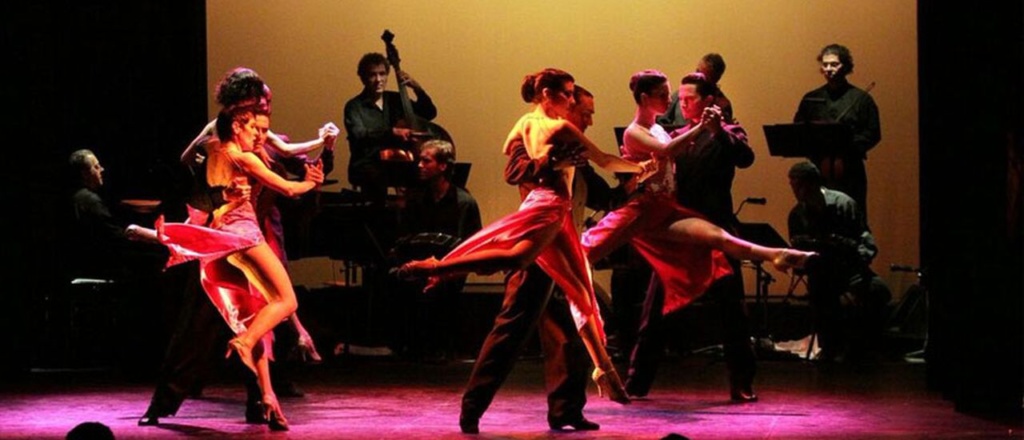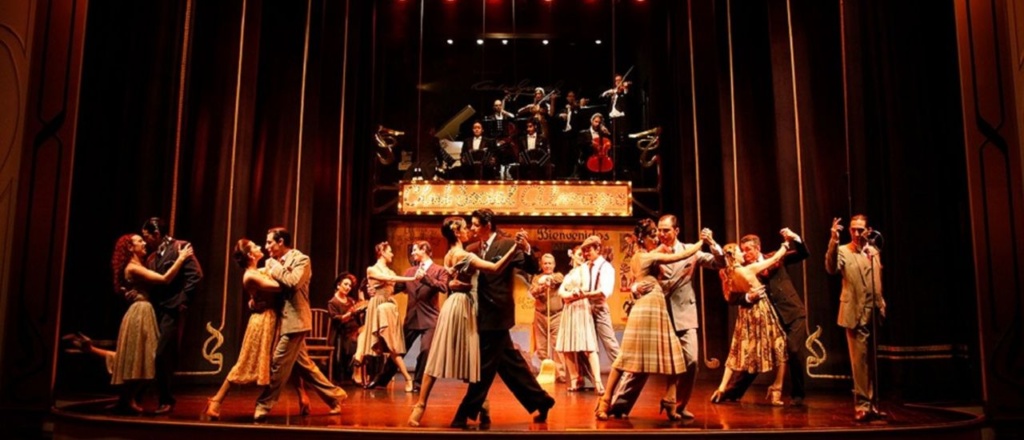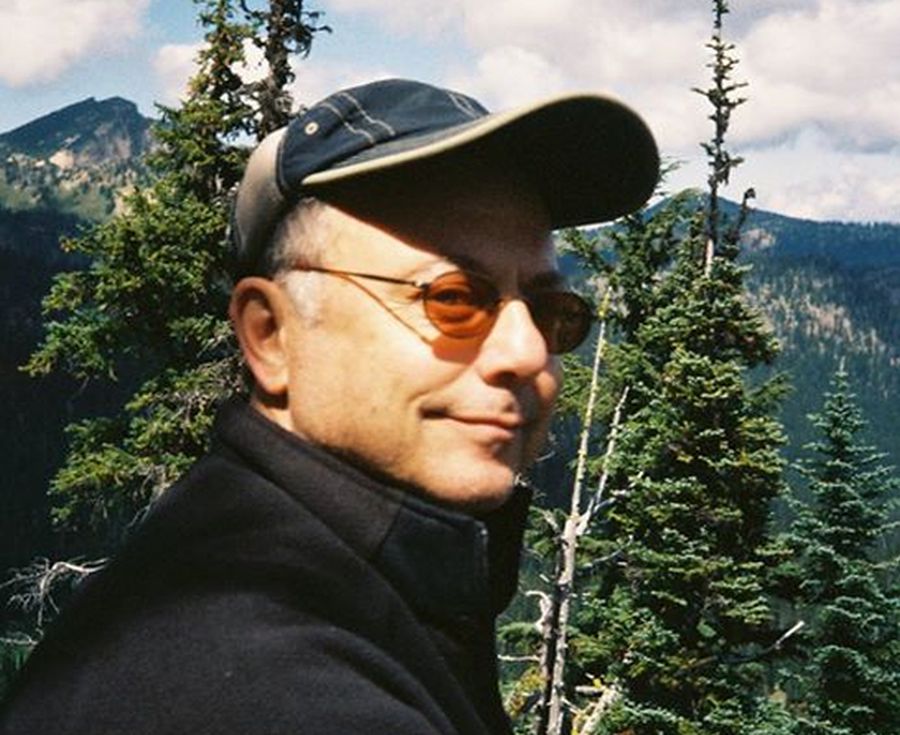The Jazz River — The Soul of the Tango
As the pride of Argentina and its gift to the world, the history of the Tango is more organic than clinical, more oral than written, and certainly replete with differing explanations for its origins. Some say it came from Angola and the Congo where the rhythm Condombe was beaten on drums known as tan-go. A Congolese word, tanga, means party or festival. Some say it was created when gauchos, displaced by the government from the Pampas, settled in the outskirts of Buenos Aries and Montevideo Uruguay. They brought their songs or Milongas that mixed freely with Native rhythms and European influences and instruments from the late 19th century to create what we hear now as the music of the Tango.
 But there was also the dance, and in terms of the modern Tango which came first is also debatable. In the late 19th century there was a massive influx of Italian and Eastern European immigrants who joined and quickly displaced both the native people and the descendants of slaves for work and status. In the beginning, it was mostly men who came looking for prosperity before sending for their families but largely found subsistence labor in meat-packing factories.
But there was also the dance, and in terms of the modern Tango which came first is also debatable. In the late 19th century there was a massive influx of Italian and Eastern European immigrants who joined and quickly displaced both the native people and the descendants of slaves for work and status. In the beginning, it was mostly men who came looking for prosperity before sending for their families but largely found subsistence labor in meat-packing factories.
Living in slums, with little to do, during their evenings, they would gather to drink and sing songs of longing. It was in this environment that the dance began. First as a kind of walking or stalking movement between two men that often led to violence. Later, as their movements became more synchronized and music more prominent, it shifted from two men to men and women. The available women were imported prostitutes from Europe, none of whom had formal dance training so their bodies did little more than rub against each other. To keep the line of men waiting for their turn with the prostitutes, bars hired musicians and the dance and music grew closer and closer together. Argentinian tango is rougher, more overtly sexual than the formal style we see in dance competitions.
 Because it was created by lower-class foreigners, and because its themes portrayed overt sexuality and the struggles and oppression of everyday life, Argentina’s political elites of the 20th century repressed the Tango, banned it from upper-class dance halls, and despised it as being primitive. Naturally, this made it all the more appealing to those outside of political power and social capital. It is ironic that over time it became the fiercely defended pride of a nation, and purists battled innovators for the definition of its art. Both won.
Because it was created by lower-class foreigners, and because its themes portrayed overt sexuality and the struggles and oppression of everyday life, Argentina’s political elites of the 20th century repressed the Tango, banned it from upper-class dance halls, and despised it as being primitive. Naturally, this made it all the more appealing to those outside of political power and social capital. It is ironic that over time it became the fiercely defended pride of a nation, and purists battled innovators for the definition of its art. Both won.
Tune in with host Matthew Goldwasser on Sunday, December 19, at 5 pm when The Jazz River travels to Argentina and beyond for The Soul of the Tango. Only on KUVO JAZZ.
Stay connected to KUVO’s programs and our community’s activities: Sign up for the station’s Oasis Online E-newsletter today!
Become a Member
Join the growing family of people who believe that music is essential to our community. Your donation supports the work we do, the programs you count on, and the events you enjoy.
Download the App
Download KUVO's FREE app today! The KUVO Public Radio App allows you to take KUVO's music and news with you anywhere, anytime!

